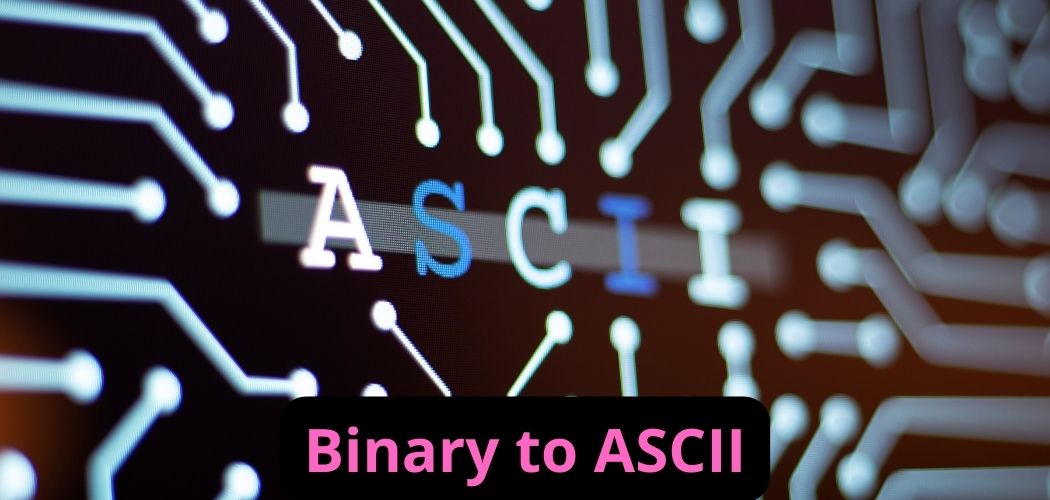Binary To ASCII
Transform binary code into ASCII text seamlessly with our powerful online converter. This tool supports up to 1024 binary characters, decoding them into readable text efficiently. Ideal for programmers and digital communication experts, it enhances data processing by converting binary sequences like '011110010110111101110101' into ASCII text such as 'you'.
Share on Social Media:
Binary to ASCII Text Converter: Transforming Data from Bits to Characters
In the digital realm, the binary system serves as the backbone of data representation, utilizing just two numbers: 0 and 1. This base-2 numeral system, essential for the operation of electronics and computers, effectively manages electrical signals' on and off states. Historically, binary concepts were used in ancient civilizations like Egypt, China, and India, but today, they underpin modern computing technologies, with each binary digit (bit) representing fundamental data units in all digital communications.
What is Binary and What is ASCII?

In everyday life, we primarily use the decimal numeral system, which consists of just ten digits from 0 to 9. Every other number is a combination of these digits. This combination is known as a positional system. Numerical systems can also be viewed as formal languages. Thus, the decimal numeral system is a language with an alphabet consisting of the digits 0 through 9, while the binary numeral system's alphabet has just two numbers: 0 and 1. Technically, creating a computer that understands decimal numbers would be quite challenging. However, building a computer that comprehends binary numbers is relatively straightforward. Binary numbers operate with only two digits: 0 and 1, corresponding to the two states: off and on (no voltage, has voltage). A processor is a chip with multiple pins. If we assume that the absence of voltage at a pin is 0 and the presence of voltage is 1, then each pin can represent a binary digit.
ASCII, or the American Standard Code for Information Interchange, laid the foundation for computer character encoding standards. Developed in the 1960s in the United States, ASCII was used for various methods of information transmission, including non-computer methods like telegraphy and fax. ASCII codes from 0 to 1F are control characters that are not printed. Many non-printable ASCII characters are required for data transfer. For example, a message might consist of a Start of Header (SOH) character, the header itself, a Start of Text (STX) character, the text itself, an End of Text (ETX) character, and an End of Transmission (EOT) character. However, data on networks is transmitted in packets, which themselves handle the start and end of transmission, making non-printable characters almost never used.
Understanding ASCII Text
ASCII, or American Standard Code for Information Interchange, remains a pivotal character encoding standard, evolving from telegraph codes to become integral in electronic communication. ASCII assigns a unique decimal number to different characters—including letters in both upper and lower cases, numbers, and various symbols—to facilitate computers in interpreting and displaying text.
Originally designed with 128 character codes, ASCII encompasses the English alphabet (26 letters, both upper and lower case), digits from 0 to 9, and multiple punctuation marks and control characters, each mapped to a number between 0 and 127. For example, the ASCII code for 'A' is 65, while 'a' is 97.
From Binary to ASCII: A Practical Guide
Converting binary to ASCII text is not just an academic exercise; it demonstrates how computers convert raw binary data into human-readable text. Here’s how you can manually transform binary sequences into ASCII text:
Convert Binary to Decimal: Start by translating each binary segment (typically grouped in sets of eight bits, or one byte) into its decimal equivalent. This process involves calculating the sum of binary digits multiplied by their respective power of two based on their position.
Map Decimal to ASCII: Use the ASCII table to match each decimal value to its corresponding character. This step decodes the numerical values into readable symbols or text.
Construct the ASCII String: Compile the characters identified from the ASCII table to form the final ASCII string.
Example of Binary to ASCII Conversion
Consider the binary sequence 01110111 01101111 01110010 01100100:
Step 1: Convert each byte of binary code to decimal:
- 01110111 converts to 119 (w)
- 01101111 converts to 111 (o)
- 01110010 converts to 114 (r)
- 01100100 converts to 100 (d)
Step 2: Using an ASCII table, identify the characters for each decimal:
- 119 is 'w'
- 111 is 'o'
- 114 is 'r'
- 100 is 'd'
The resulting ASCII text from the binary input is "word."
This conversion process is vital for data processing and communication in computing and telecommunication fields, offering a clear illustration of how digital systems manage and display data. Understanding and utilizing binary to ASCII conversion is crucial for anyone involved in software development, IT, and digital electronics.
Other very useful tools for SEO: